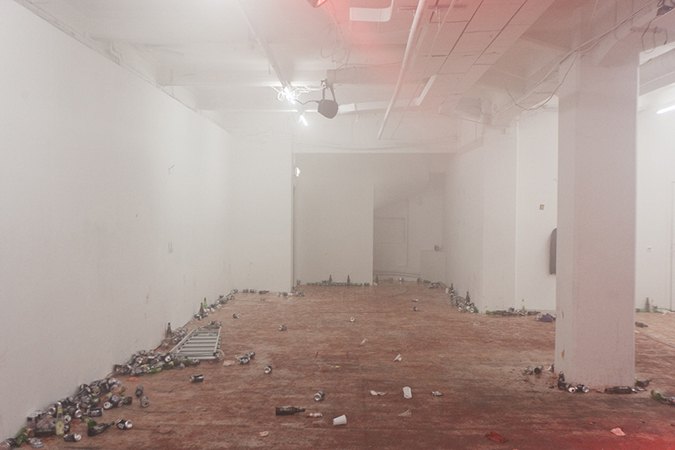
20.09.14
In The Promise (II) Mostyn builds a context for reflection on privilege, inclusion and utility. Using bright red powdered pigment placed on the floor in the party’s main space, Mostyn created a form resembling a long red carpet of the kind used to signal importance and celebrity in the entertainment industry. The farthest end of the form is distorted perspectivally, creating the illusion as one enters the room that the ‘carpet’ is much longer than it in fact is. This disconcerting effect disrupts the integrity of this symbol, a gesture which is taken further when the party’s guests arrive and start to walk through the red pigment, breaking up its edges. By the end of the event, the rectangular form of the carpet had completely disintegrated into formlessness, as the pigment was walked throughout the room and used spontaneously to write and draw on the walls of the room.
Another insertion in the event is a series of large plaster sculptures mounted in relation to architectural elements and objects in the room. These works are based on Batik stamps collected by Mostyn’s mother in Ghana when he was a child. Mostyn had the stamps scanned and 3D-printed at a much larger scale, so that they correlate proportionally to the human body. This shift in scale invites reflection on the relationship of the hand to labour, in the case of the stamps, and the bodily scale more typical of sculptures to uselessness, contemplation and luxury. Speakers attached to live microphones were placed throughout the room, so that party guests could sing or say whatever they wished into the works. One instance of this was a spontaneous performance by artist and filmmaker Pella Kågerman of her work “Fake Orgasm Choir”.
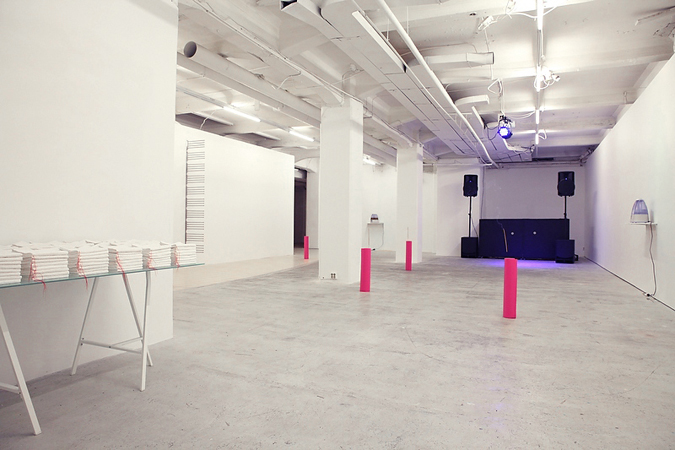
03.15.14
Some time in the future the future will not look like the past anymore. There will no things, no stuff, no objects that speak of what we were, only of what we are becoming. In this future, the actions of future people are more predictable, more transparent – somehow less concerned with life, poetry, interaction, fucking, talking, eating, shitting, sleeping, death, than in the past that is the present. In this future, the future men and women’s only preoccupation is sublimation – transforming all the crap of the past into golden, lush sunlight. All their worries, their anger, their love, confusion, their desire, will evaporate, like spirits. In this future there will be no babies, no cats and dogs, no idols, no gods, no parents – only lovers without hearts, murderers devoid of hatred, violence without passion no bliss, no forgiveness – because none of this is needed, it´s gone, evaporated like spirits in the sun. This future might look like this: One large room, or several large rooms, connected like rooms in a five star hotel suite – the concrete floors with peeling black paint is softer than the softest carpet, bare light bulbs are silver candelabra, the plywood bar a cornucopia of delights, the mirror ball a chandelier, the filthy restrooms smell of honeysuckle, the mirrors make everyone look the same. And everyone´s beautiful and smart, they are in no hurry, everybody will get laid tonight, everybody will be filled with the spirits and slide down the surface of things, make them soft, golden, penetrable like clay, like butter, like jell-o.
- Arne Skaug Olsen

25.05.13
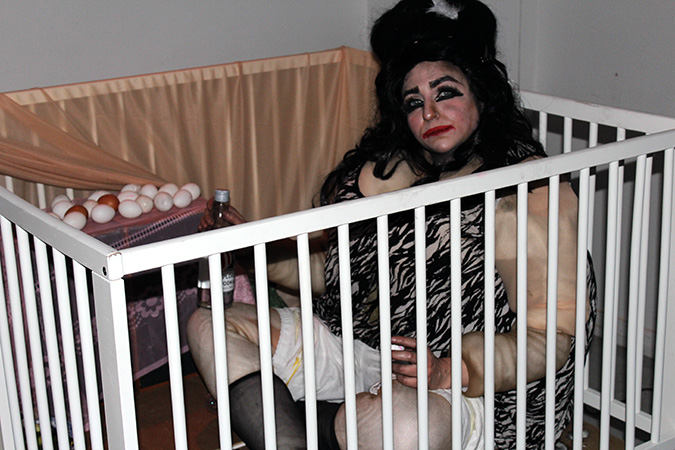
31.12.12
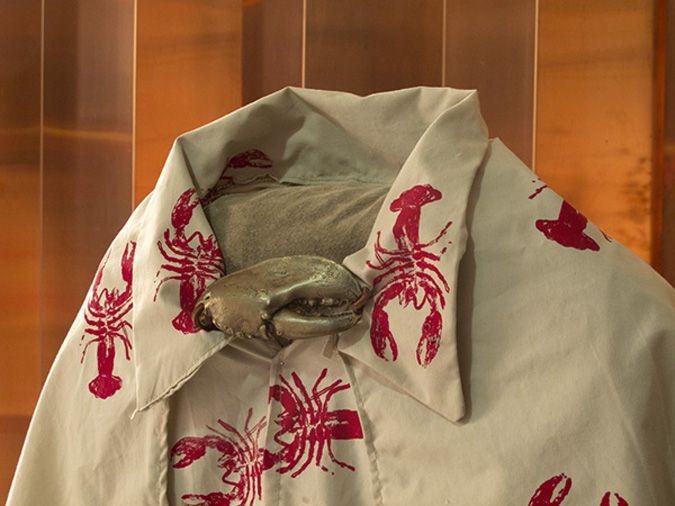
01.09.12
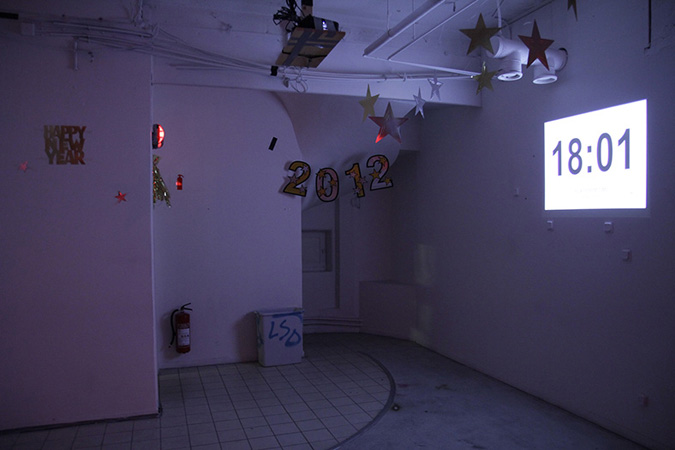
31.11.12
This system has long had anti-colonial outliers (India, Iran and Nepal being among the countries using a so-called “offset” time zone). Recent attempts to break from Universal Time also indicate a nationalist agenda—as was the case in 2007 when Hugo Chavez established a unique time zone for Venezuela, or earlier this year when Russia abdicated unilaterally from daylight savings time, necessitating a complex re-shuffling of its international rail links.
While these occasional rebellions against time’s normative passage might appear consequential, in the west little has interrupted a regime that, starting from the industrial revolution, ceaselessly ordered and re-ordered the procession of daily life, developing such institutions as the five-day workweek, two-day weekend, 8-hour workday, and the Christian ceremonial calendar to differentiate productive time from leisure time, private time from public time, sacred time from profane time. No moment in this calendrical regime is as singularly fraught as New Year’s Eve, where popping champagne corks and passionate kisses are calibrated to an arbitrary moment based on longstanding international agreements concerning what time it is. Anna Lundh has proposed an ambitious plan to break with this regime, establishing a unique time zone one and a half hours behind normal Stockholm time to be observed New Year’s Eve at an event hosted by Evening Standard. By suggestion alone, Lundh will create a temporal enclave, a moment when celebrants can divorce themselves from this long-established apparatus of control, linking chronopolitics directly with the dance floor.
- Michael Baers
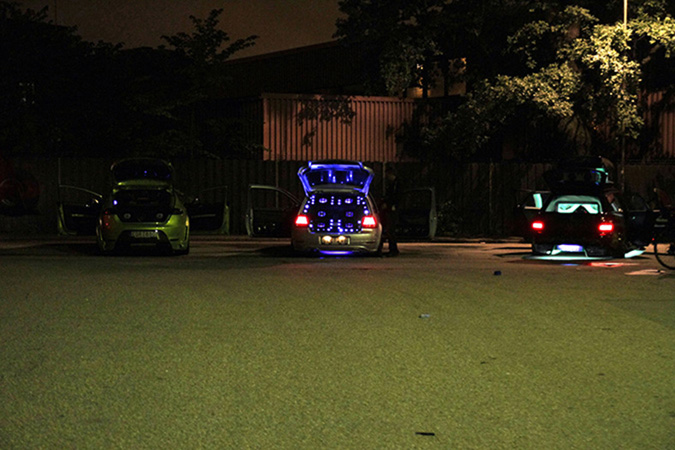
25.08.11
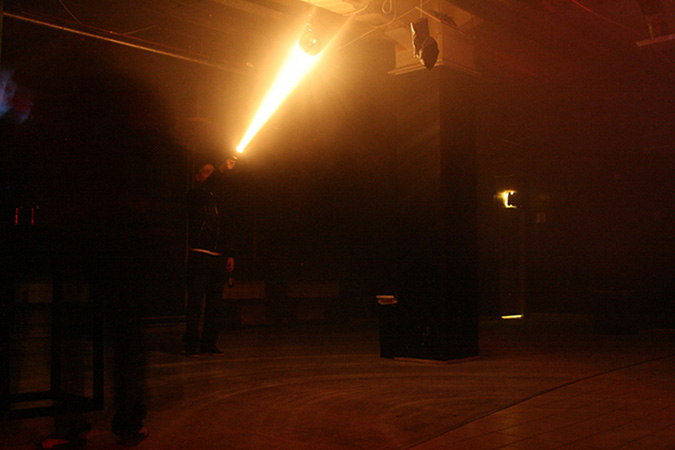
09.04.11
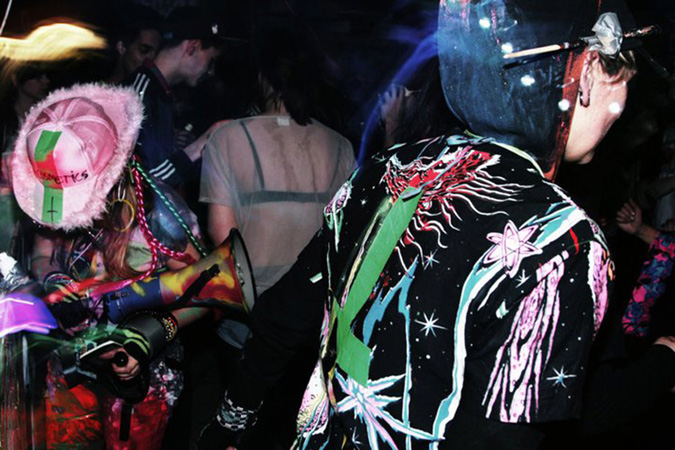
05.03.11
“Mom and Jerry's Mega Rave” became the product of Mom and Jerrys participation in the Evening Standard series. An over accentuated parody of the rave party is what ensued. Using costumery, environmental aesthetics and rave props Mom and Jerry set the stage for a theatrical rave happening along with their rave entourage. As the night ensued what was first a theatrical fantastical version of the rave became a participatory happening where the parody of the rave became slowly engaged in by “the crowd” and becoming a collective celebration of parody through rave.
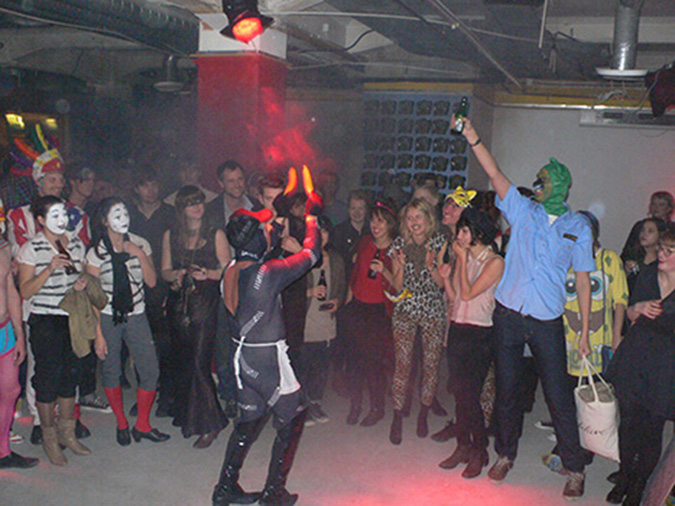
30.10.10